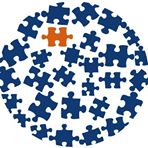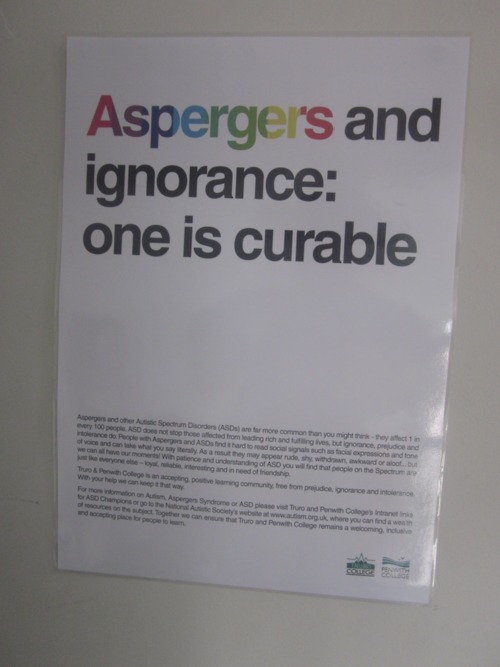
The news? Autism Speaks? A random website? A friend of a friend?
C.H.A.S.E. can.
Community Help for Autism Spectrum Everywhere (C.H.A.S.E.) is a non-profit, grassroots organization founded by parents of an autistic child. The main initiative of C.H.A.S.E. is to promote autism awareness to neurotypical students and community members through education. This collaborative effort utilizes community partnerships and professional expertise to create unique approaches for autism awareness education.
Currently, autism organizations, medical professionals and the education system focuses on the autistic child and how to help them achieve their maximum potential. They do not take into account the neurotypical person, or student, who must interact daily with their autistic peer. People not on the autism spectrum can experience a wide range of emotions regarding their autistic classmates. From confusion to fear, the neurotypical student may have many questions and concerns.
C.H.A.S.E. assists students, teachers, schools and community organizations by building awareness through education. This type of awareness can help students understand the diversity of autism and reduce negative outcomes such as bullying and seclusion. Through education and building awareness, the autistic child is more easily accepted and the neurotypical student is enriched as well.
C.H.A.S.E. has partnered with an elementary school in Overland Park, Kansas to provide education and supports for classrooms
impacted by the unique needs of students with autism. We envision communities that value the diversity of
individuals with autism. What is our plan? C.H.A.S.E. has asked asked for school families who are willing to be identified as having autism and families willing to receive special advocacy training.
Last year, C.H.A.S.E. helped significantly reduce peer conflicts for one boy, after whom C.H.A.S.E. is named. A school counselor delivered a presentation prepared by C.H.A.S.E. explaining autism to his classmates. Several of these lessons helped develop an understanding of what Chase did and why. But, more importantly, peers learned how to help him.



